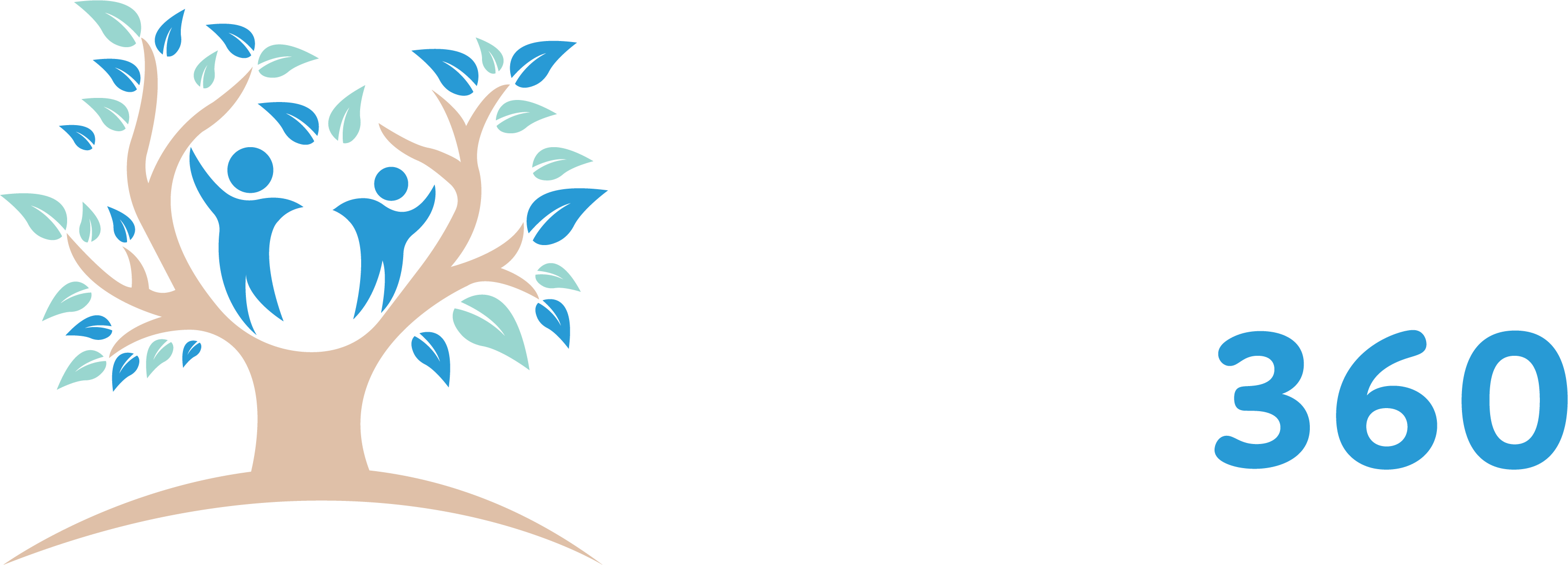Research

How a Wellbeing and Development Tracking Platform Can Improve Outcomes for Children in Early Education
A Wellbeing and Development Tracking Platform (WDTP) is a tool designed to monitor and assess the physical, emotional, and cognitive development of children in early education. This platform can be used by educators, parents, and healthcare professionals to track progress and identify areas where children may need additional support. In this blog post, we will discuss how a WDTP can improve outcomes for children in early education.
One of the main benefits of a WDTP is that it provides a comprehensive view of a child’s development. This allows educators to identify areas of strength and areas where a child may need additional support. For example, if a child is struggling with language development, a WDTP can provide educators with insights into the child’s language skills, such as vocabulary, grammar, and sentence structure. This information can be used to create targeted interventions to help the child improve their language skills.
A WDTP also allows educators to track a child’s progress over time. This can be used to measure the effectiveness of interventions and make adjustments as needed. For example, if a child is not making progress in a particular area, educators can use the information provided by the WDTP to identify the cause of the problem and make changes to the child’s learning environment or teaching methods.
Another benefit of a WDTP is that it can help to improve communication between educators, parents, and healthcare professionals. The platform can be used to share information about a child’s development with all stakeholders, which can help to ensure that everyone is on the same page when it comes to supporting the child. This can be particularly useful for children with special needs, as it can help to ensure that everyone involved in their care is aware of their needs and is working together to support them.
A WDTP can also be used to monitor the wellbeing of children in early education. This can include monitoring physical health, such as height, weight, and vaccination status, as well as emotional wellbeing, such as social skills and behavior. This information can be used to identify potential issues early on and intervene before they become a problem. For example, if a child is showing signs of emotional distress, a WDTP can provide educators with the information they need to refer the child to a counselor or other mental health professional.
Overall, a Wellbeing and Development Tracking Platform can improve outcomes for children in early education by providing educators with a comprehensive view of a child’s development, tracking progress over time, improving communication between stakeholders, and monitoring children’s wellbeing. This can help to ensure that children receive the support they need to reach their full potential. It is important to note that the implementation of such a platform should be done keeping in mind the privacy and security of the children’s data.
In conclusion, a Wellbeing and Development Tracking Platform is a valuable tool for educators, parents, and healthcare professionals working with children in early education. It can help to improve outcomes for children by providing a comprehensive view of a child’s development, tracking progress over time, improving communication between stakeholders, and monitoring children’s wellbeing. By using a WDTP, educators can ensure that children receive the support they need to reach their full potential.
Start using Personhood360 for free!
Access all Personhood360 features for 30 days, to see how Personhood360 can add value to your early childhood centre.
Or compare plans from $2.45 per child/month
![]() Cancel any time
Cancel any time![]() Online Support
Online Support
